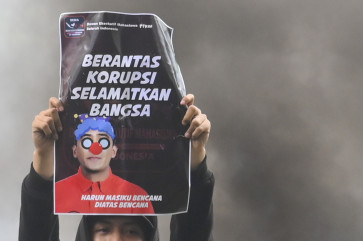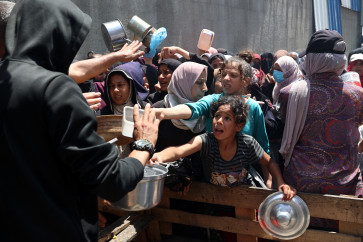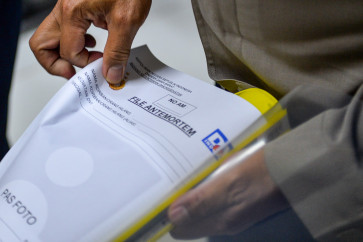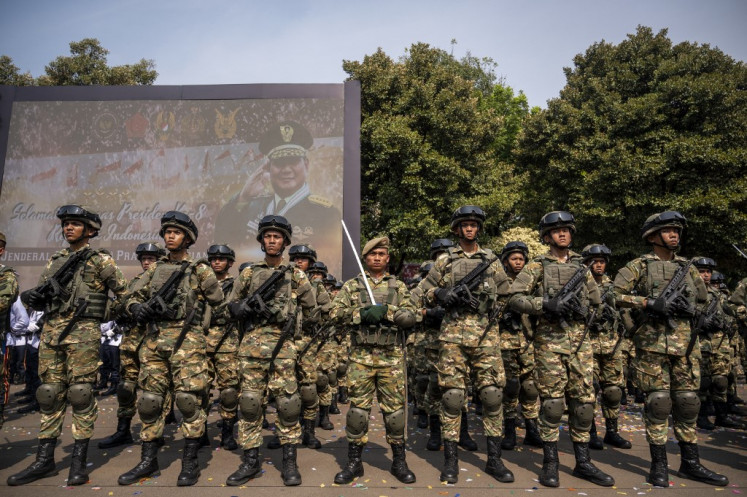Mosque, a symbol of religious harmony
Peace and unity are beautiful
Change text size
Gift Premium Articles
to Anyone

P
eace and unity are beautiful. This message has been consistently maintained by residents of Karang Pangsor hamlet at Pemenang district in North Lombok regency, West Nusa Tenggara (NTB).
It is demonstrated by Jami’ul Jamaah Mosque, which was built in collaboration by followers of three religions — Islam, Hinduism and Buddhism — in the late 18th century.
“It has become our tradition that we invite the participation of Hindus and Buddhists whenever we renovate the mosque. We work together with a spirit of mutual aid,” Haji Aburrahim, 98, a public figure from Pemenang Barat village, where the mosque is located, said on Tuesday evening.
Jami’ul Jamaah itself means “all congregation members”, which indicates the process of its establishment, which involved the participation of the followers of the three religions. The mosque stands at the main road heading for Bangsal port, a crossing place to the exotic Gili Trawangan Island.
Renovation work on the mosque began in 2004 and was self funded. It is half-complete, with the frame of the building being made from concrete.
According to Abdurrahim, the building used to be made of wood, with four of its major pillars bearing Balinese carvings. Due to the renovation, the major pillars are being faithfully restored.
Abdurrahim explained that the Jami’ul Jamaah Mosque was built in 1875 during the golden era of King Anak Agung Gede Ngurah from Bali, who once ruled part of Lombok Island. Construction on the mosque began at around the same time as construction had recently finished on the Lingsar Temple in West Lombok.
“According to our ancestors, materials to build the mosque were taken from leftovers from the construction of Lingsar Temple. At that time, King Anak Agung demanded that the construction and maintenance of the mosque be jointly conducted by the Muslims, Hindus and Buddhists living here,” he said.
Abdurrahim is part of the old generation that experienced the Dutch and Japanese colonial periods. He remembers that whenever there was any threat against local people due to colonialism, the four main pillars at the mosque would discharge a kind of oil that was very beneficial to the local community in fighting against their aggressors.
Even though there is no written history about the mosque, facts show that messages from the ancestors have been passed down through the generations.
“That’s why renovation of the mosque still involves the participation of Hindus and Buddhists,” said Mustafa, head of the mosque’s youth organization.
The mosque is located amid residential complexes where followers of the three religions live. According to Mustafa, before working together to renovate the mosque, Hindu and Buddhist followers were involved in gathering building materials like cement and sand.
Hindus living in Karang Kauhan hamlet, according to Abdurrahim, have long stayed there, while the Buddhists are Sasak tribemen, who have long embraced the philosophy of the Buddha.
So close is their friendship that they always invite each other for ceremonies such as marriage or thanksgiving, even though they are of different religions.
“In return, whenever there is a planned construction or renovation of a temple or monastery, Muslim youths are also ready to help,” said Adi, a university student from the village.









